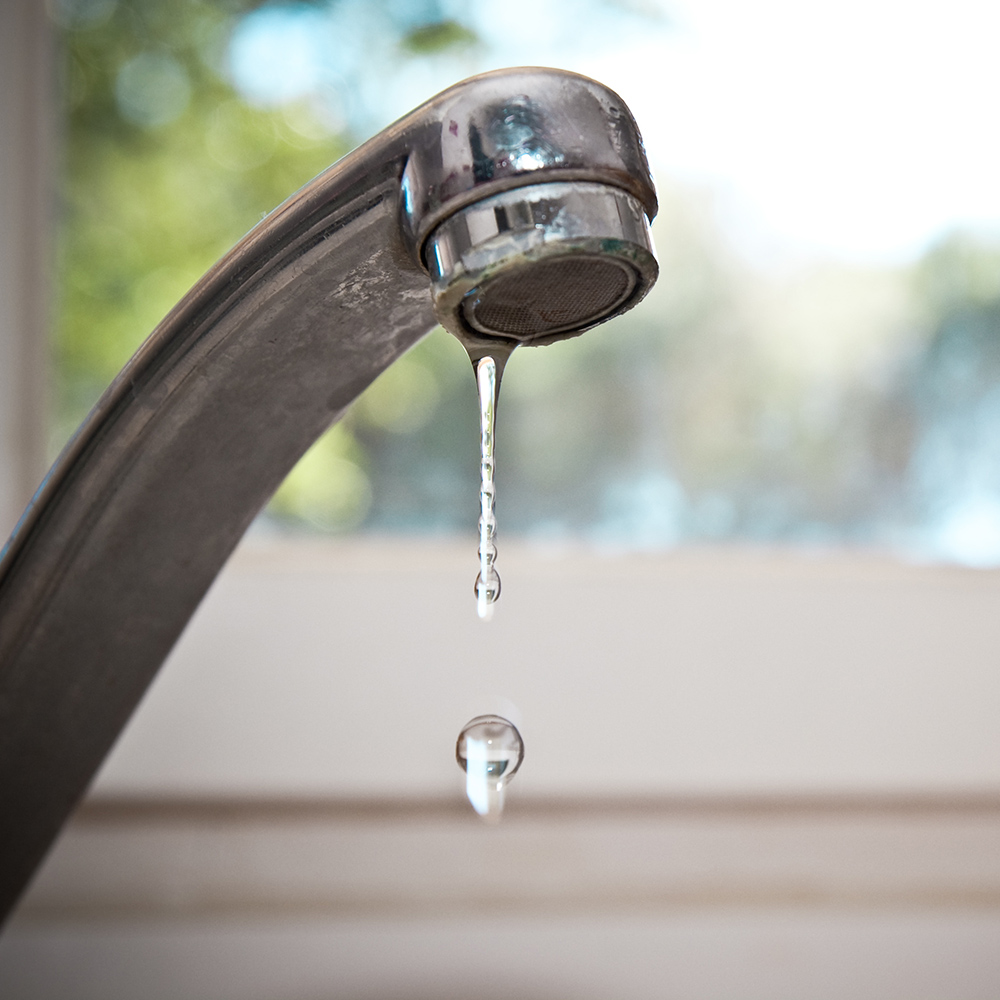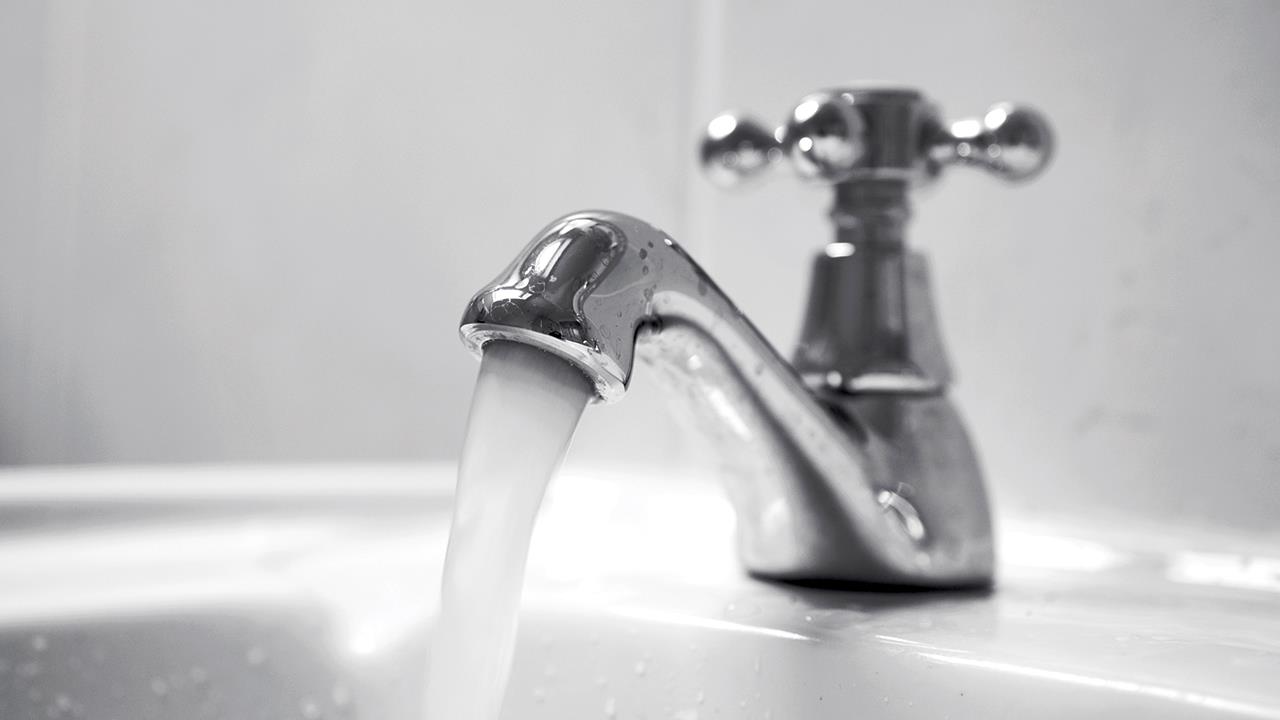The Impacts of Dealing with a Damaged Faucet
The Impacts of Dealing with a Damaged Faucet
Blog Article
This post directly below about Potential Health Risks Associated With Leaky Faucets is especially enjoyable. You should look it over.

Intro
A dripping faucet may feel like a minor inconvenience, yet its consequences prolong much past the occasional drip. Understanding the impacts of a leaking tap is important for both home owners and the environment. In this short article, we'll check out the numerous influences of this usual household issue and why addressing it without delay is essential.
Reasons For Leaky Faucets
Leaking taps can arise from a variety of elements, including wear and tear, high water pressure, and corrosion. In time, the continuous use of faucets can result in worn-out seals and gaskets, causing leakages to create. In addition, too much water stress can put pressure on plumbing fixtures, resulting in leaks. Corrosion and rust can additionally damage tap parts, making them susceptible to leakage.
Water Wastage
One of one of the most substantial consequences of a leaky tap is water wastefulness. Even a small drip can add up to gallons of wasted water with time. This not just increases water costs however likewise contributes to water deficiency and ecological destruction. Addressing dripping faucets quickly is essential for conserving this priceless resource and reducing its impact on the planet.
Financial Influence
Along with wasting water, leaking taps can also have a significant economic effect. Increased water costs are a direct effect of water waste, costing home owners hundreds of dollars every year. Furthermore, the price of repairing water damages caused by leakages can be substantial, specifically if left unattended for an extended period.
Ecological Impact
The environmental influence of leaky faucets extends beyond water wastefulness. By conserving water, home owners can contribute to more comprehensive efforts to alleviate water shortage and shield natural environments. Sustainable options such as rain harvesting and water-efficient fixtures can additionally minimize the environmental footprint of household water usage.
Technical Solutions
Innovations in technology have actually caused the advancement of smart taps and water-saving devices that aid lessen water wastage. Smart taps make use of sensors to spot activity and adjust water flow appropriately, lowering waste without sacrificing benefit. Water-saving gadgets such as aerators and low-flow showerheads are likewise reliable in preserving water without endangering efficiency.
Global Perspectives
While leaky faucets may look like a localized problem, they contribute to broader worldwide difficulties such as water shortage and climate modification. In regions already encountering water stress and anxiety, every drop counts, making leak avoidance and repair vital. By embracing water-saving methods and purchasing sustainable innovations, property owners can play their part in dealing with these pressing global issues.
Regulatory Measures
Government guidelines play a vital function in reducing the impact of leaky taps and advertising water conservation. From building codes that call for water-efficient components to water-saving incentives and rebates, policymakers have a series of tools at their disposal. By executing and enforcing these guidelines, federal governments can ensure that home owners focus on water conservation in their day-to-days live.
Area Effect
Addressing dripping faucets requires cumulative efforts at the area level. By elevating understanding about the value of water conservation and giving resources for leak discovery and repair work, neighborhood authorities can equip property owners to do something about it. Efforts such as water-saving rebate programs and leak discovery campaigns can incentivize actions change and advertise accountable water usage.
Instance Studies
Real-life instances of the influence of leaking taps underscore the value of proactive maintenance and prompt repairs. From water damage to escalating water expenses, the repercussions of overlooking leakages can be serious. By sharing these case studies, house owners can better recognize the importance of addressing leaky taps quickly.
Educational Campaigns
Educational campaigns play a vital duty in increasing awareness about the effects of leaking taps and advertising water conservation methods. With workshops, workshops, and online resources, home owners can find out how to discover and fix leakages themselves. By encouraging people with knowledge and tools, academic projects can cultivate a culture of liable water use within communities.
Health and wellness Problems
Dripping taps can develop conducive environments for mold and mildew growth, positioning health and wellness dangers to passengers. The existence of mold can intensify breathing concerns and allergies, particularly in vulnerable individuals. Furthermore, water damages arising from leakages can jeopardize the structural integrity of structures and bring about pricey repairs.
Do it yourself vs. Specialist Fixing
When confronted with a leaking faucet, home owners usually debate whether to try repair services themselves or work with an expert plumber. While DIY repair work can save money, they may not constantly attend to the hidden problem properly. Specialist plumbing professionals have the expertise and tools to diagnose and take care of leakages properly, guaranteeing lasting services and peace of mind for home owners.
Preventive Measures
Stopping dripping faucets needs regular maintenance and aggressive actions. Simple jobs such as replacing worn-out washing machines and seals can avoid leakages from establishing. Additionally, upgrading to high-grade components and decreasing water pressure can help prolong the lifespan of taps and minimize the risk of leaks.
Conclusion
In conclusion, the effects of a dripping tap expand much beyond the periodic drip. From water waste and boosted water expenses to health concerns and environmental influence, the consequences of overlooking leaks can be considerable. By dealing with dripping faucets without delay and embracing water-saving techniques, home owners can reduce these impacts and contribute to a more lasting future.
Why You Shouldn’t Ignore a Leaky Faucet in Your Home
What Causes a Leaky Faucet?
Various factors can cause a leak, from loose and worn-out parts to corrosion. Your faucet has four essential components from which most plumbing issues will stem: the O-ring, the valve seat, the washer and the gasket.
What Is an O-Ring?
The O-ring is a stem screw that fastens parts of the faucet in place, preventing water from leaking out of the spout. Depending on your faucet type, the stem might have multiple O-rings. Water will drip from the faucet’s handles and base if this part breaks or deteriorates.
What Is a Valve Seat?
The valve seat controls the flow and temperature of the water. Found at the base of the handle, it works as a seal for the faucet’s stem. The valve seat ensures the water is allowed to flow or is blocked as the handles dictate. You’ll know it’s malfunctioning when water leaks from your faucet’s sides.
What Is a Gasket?
The gasket is found between the water inlet and the valve stem. It creates a seal between the faucet and the sink, holding its joints by aerators attached to the stem’s head. Water will trickle out from the base if the gasket isn’t working.
What Is a Washer?
The washer secures the handles and prevents leakage, serving a similar purpose to the O-ring. While the O-ring is ordinarily round and made from an elastic material, such as rubber, the washer is square-shaped and composed of brass, copper and other hard metals. If it malfunctions, corrodes or has been improperly installed, water will leak out of the handles, causing that incessant faucet drip.
Why Is a Leaky Faucet Dangerous?
A leaky faucet left alone for too long can have significant consequences.
Pest Infestations
Since bugs and rodents gravitate towards the scent of water, a leaky faucet will draw pests to your sink. Both are looking for leaks accessible through crawl spaces, which a faucet provides. If you leave water dripping for too long, you run the risk of an infestation.
Rust
If one of the faucet parts has started to corrode, the resulting rust can spread to your pipes and valves with startling speed. The rust might even lead to cracks or other impairments, resulting in more severe plumbing issues.
Your sink could also sustain damage from a leaky faucet. The water in your tap possesses sparse elements of calcium and iron that can stain your sink with repeated and prolonged exposure. Once those elements in the water have been open to the air for some time, your sink will start to rust, creating marks that can be difficult to remove.
https://www.tomsmechanical.com/blog/why-you-shouldnt-ignore-a-leaky-faucet-in-your-home

As an enthusiastic person who reads about Potential Health Risks Associated With Leaky Faucets, I thought sharing that post was mandatory. Sharing is good. Helping people is fun. Many thanks for your time spent reading it.
Report this page